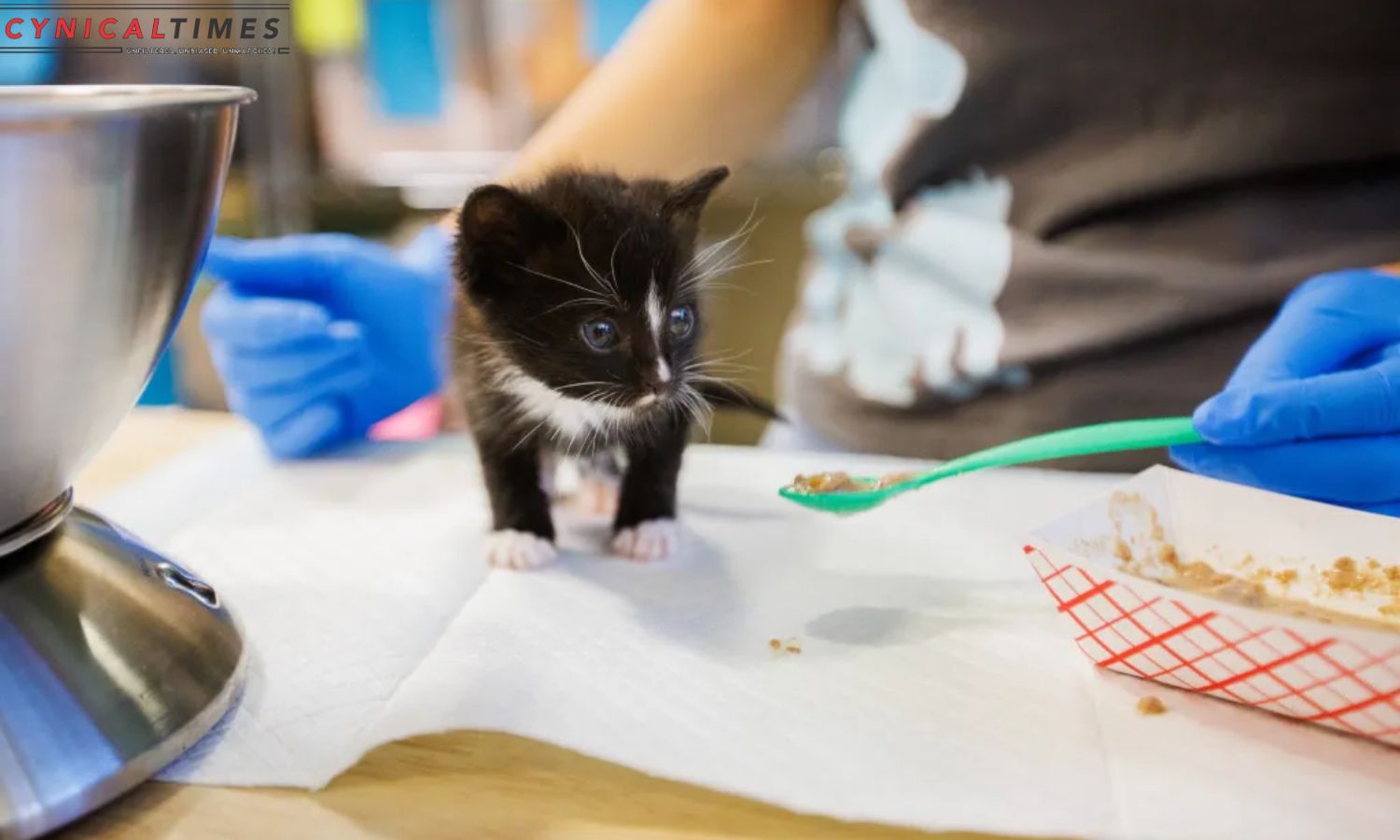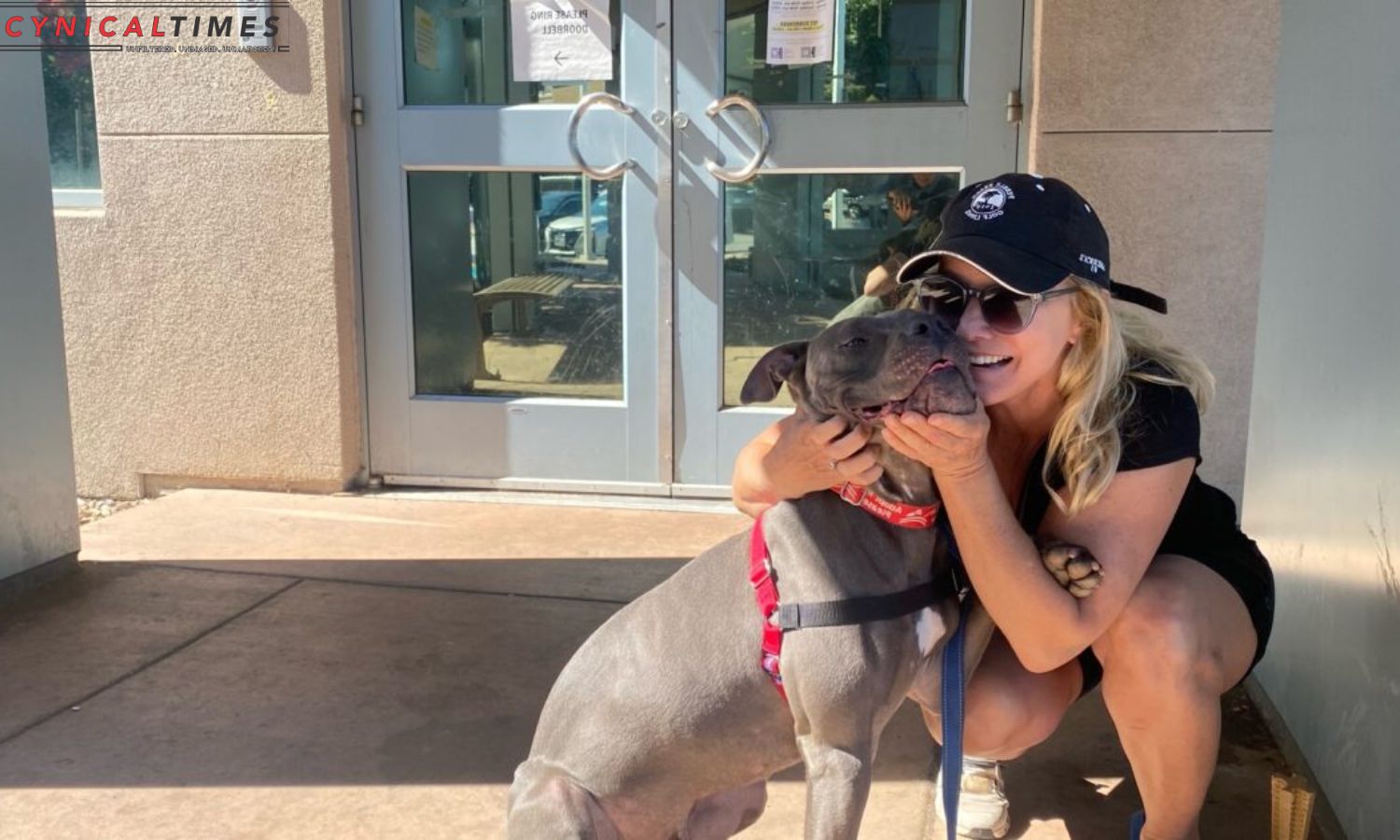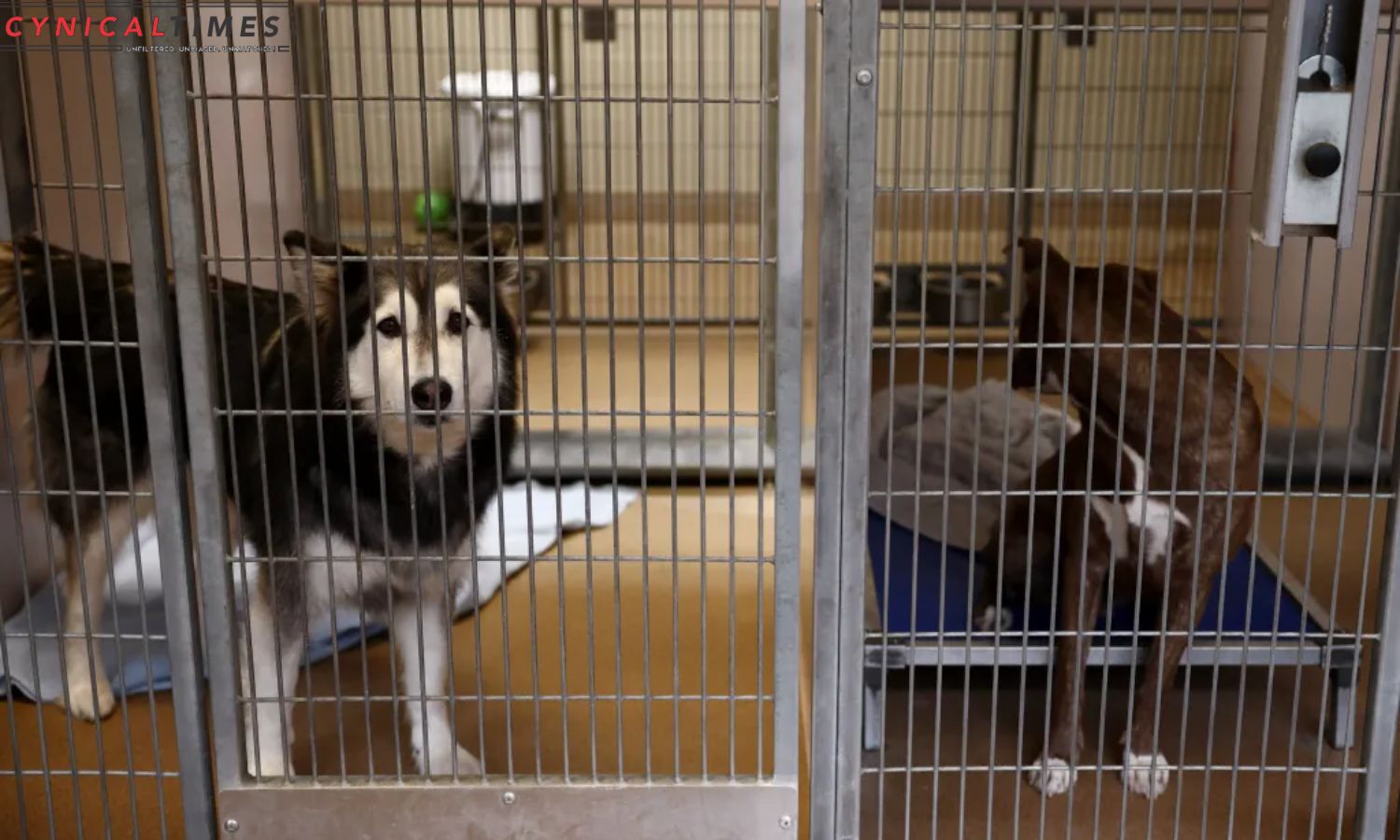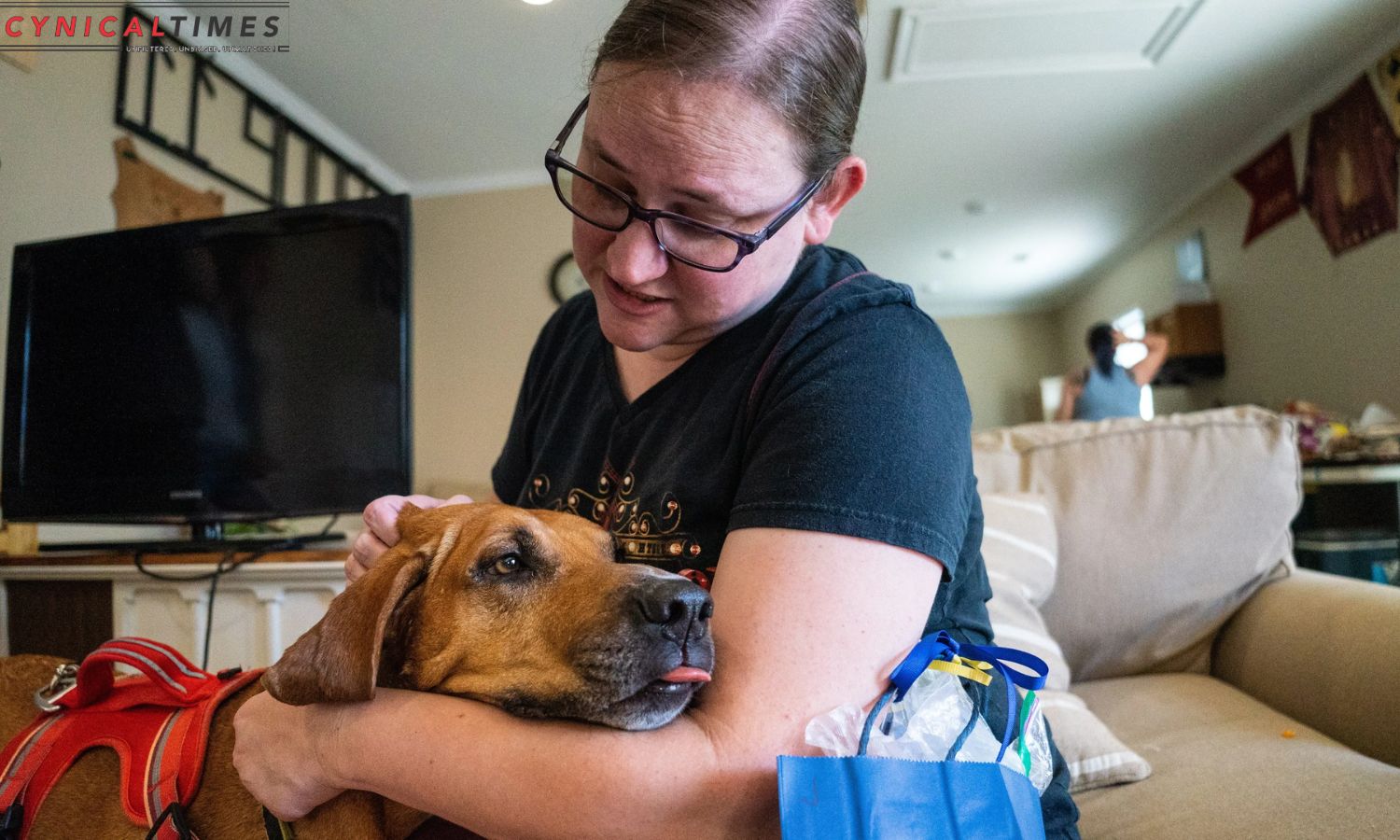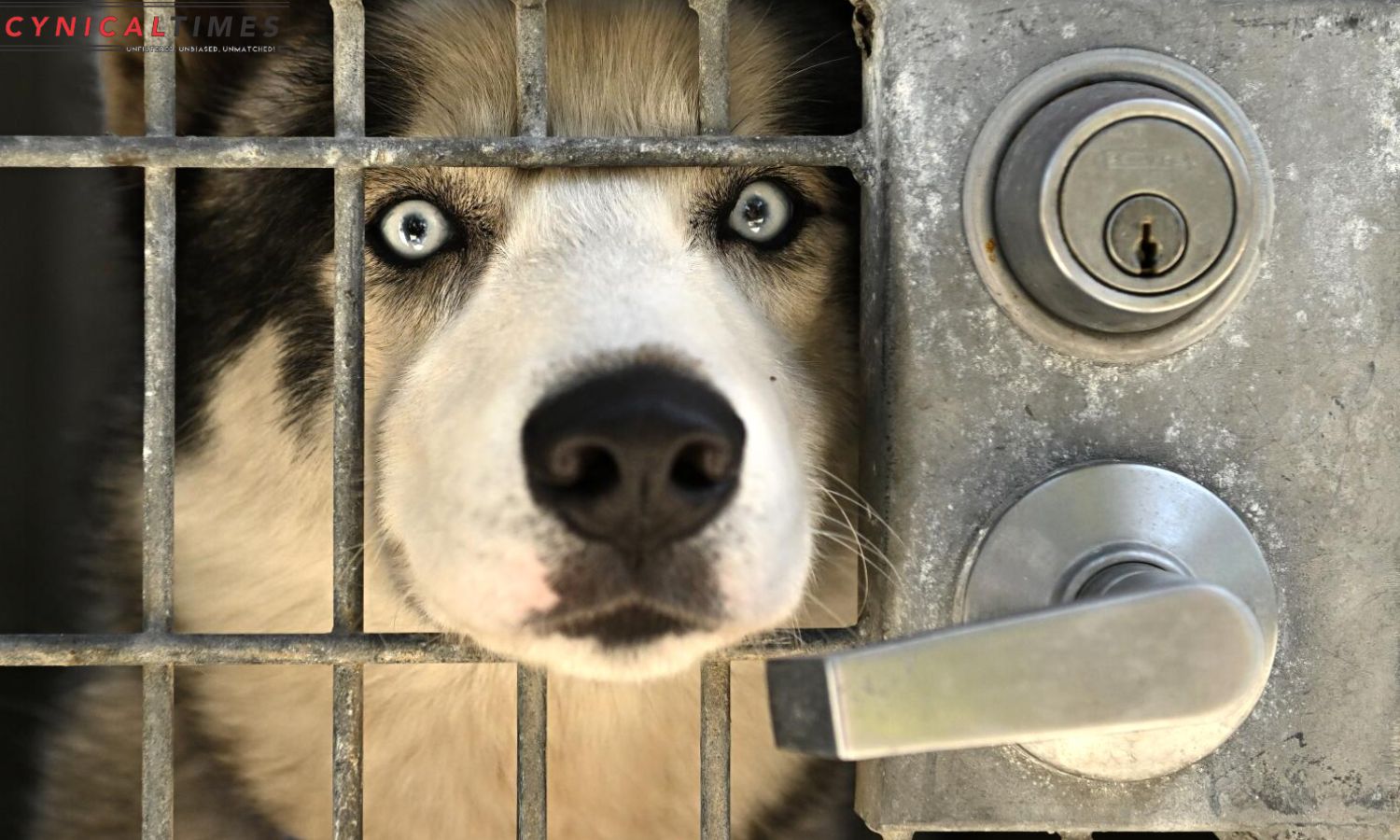Animal Deaths at SJ Animal Care Center: You’re about to delve into the concerning issue of animal deaths at the SJ Animal Care Center, where overcrowding has become alarmingly prevalent. The high mortality rate raises questions about the safety and management of the animals in this facility.
With overpopulation taking its toll, an audit and potential changes are urgently needed.
Key Takeaways Of Animal Deaths at SJ Animal Care Center
- High mortality rate and overcrowding at the shelter, with 426 animals dying in shelter care last fiscal year and the shelter housing over 11,000 animals throughout the year.
- Concerns about the safety of the animals and mismanagement, including lack of proper medical attention, inadequate staffing, and insufficient resources.
- Overpopulation at the shelter, with a peak of nearly 950 animals, more than double its operating capacity, and prioritization of sick and injured animals leaving healthy ones at risk.
- Audit and potential changes at the shelter, with an ongoing audit to identify areas of improvement and potential changes including a review of overcrowding policies, improved training and resources for staff, enhanced medical care, and increased efforts to find permanent homes.
High mortality rate and overcrowding at the shelter
Your high mortality rate and overcrowding at the shelter are causing significant concerns. Last fiscal year, a staggering 426 animals died in shelter care, marking a five-year high. This alarming statistic can be attributed to the overcrowding issue that the shelter has been grappling with.
Throughout the year, the shelter housed over 11,000 animals, reaching a peak of nearly 950 animals at one point, which is more than double its operating capacity. Moreover, it’s noteworthy that some animals were only accepted into the shelter if they were sick or injured, further exacerbating the strain on resources and care.
The high mortality rate and overcrowding at the shelter indicate a pressing need for better care, resources, and a comprehensive plan to address these issues promptly. Immediate action is required to ensure the well-being and survival of the animals under the shelter’s care.
Concerns about the safety of the animals and mismanagement
Volunteers and staff at the SJ Animal Care Center express deep concerns about the safety of the animals and the mismanagement that has contributed to their suffering. These concerns aren’t unfounded, as numerous issues regarding animal care have been identified.
- Lack of proper medical attention: Volunteers have reported instances where animals in need of medical care weren’t promptly attended to, resulting in unnecessary suffering and even death.
- Inadequate staffing: The center appears to be understaffed, with volunteers overwhelmed by the sheer number of animals in their care. This has led to a lack of individual attention and proper monitoring of the animals’ well-being.
- Insufficient resources: Volunteers have pointed out a shortage of essential supplies, such as food, medication, and bedding. This has compromised the animals’ comfort and overall health.
- Ineffective rescue policy: The shift towards prioritizing adoptions over rescues has further exacerbated the problem. Animals aren’t being given the necessary time and attention to find suitable homes, leading to overcrowding and increased stress levels.
These concerns highlight a clear need for improved management and a more comprehensive approach to animal care at the SJ Animal Care Center.
Impact of overpopulation on the shelter
The overcrowding at the SJ Animal Care Center significantly impacts the shelter’s ability to provide proper care and attention to the animals, often resulting in avoidable deaths. With a record-setting capacity exceeding 11,000 animals throughout the year, the shelter has been stretched beyond its operating limits.
At its peak, the shelter housed nearly 950 animals, more than double its recommended capacity. This overpopulation has forced the shelter to prioritize the care of mostly sick and injured animals, leaving the healthy ones at risk. The high number of animals in the shelter has contributed to a disturbingly high mortality rate.
Without adequate resources and support to reduce capacity, the shelter is struggling to save lives and ensure the well-being of all the animals under its care. Immediate action is needed to address this crisis and prevent further unnecessary deaths.
Also Read: Hotel Management Company CEO Sentenced to Jail for Embezzling Client Funds
Audit and potential changes at the shelter
As the shelter undergoes an audit to identify areas of improvement and address the issues at hand, potential changes may be implemented based on the audit findings. The city has requested this audit in order to ensure that the shelter is operating at its best and providing the necessary care for the animals.
The results of the audit are expected to be released in the New Year, providing a comprehensive assessment of the shelter’s operations. Based on these findings, several potential changes may be implemented to improve the conditions and overall functioning of the shelter.
These changes could include a review of the shelter’s overcrowding policies, improved training and resources for staff, enhanced medical care for the animals, and increased efforts to find permanent homes for the animals in their care.
The audit and subsequent changes aim to create a new beginning for the shelter, with improved conditions and outcomes for the animals.
Calls for collaboration and rescue efforts
With overcrowding concerns at the SJ Animal Care Center, it’s time to come together and collaborate on rescue efforts. Collaboration between the shelter, partners, and volunteers is crucial for improving the situation. The rescue model, which has been successful in the past, should be reconsidered and efforts should be focused on finding homes for animals and reducing overcrowding at the shelter.
| Challenges | Solutions | Benefits |
|---|---|---|
| Only a fraction of the animals in need of rescue are available for partners to take in | Increase the number of animals available for rescue by implementing a more efficient system for transferring animals to partners | More animals can be saved and find forever homes |
| Lack of coordination between the shelter, partners, and volunteers | Establish regular communication channels and meetings to ensure all parties are working together effectively | Improved collaboration can lead to more effective rescue efforts |
| Limited resources and funding for rescue efforts | Seek additional funding through grants, donations, and partnerships with local businesses and organizations | Increased resources can support more animals and help alleviate overcrowding |
Conclusion Of Animal Deaths at SJ Animal Care Center
In conclusion, the high mortality rate and overcrowding at the SJ Animal Care Center raise serious concerns about the safety and well-being of the animals. The mismanagement of the shelter has contributed to the tragic animal deaths, highlighting the urgent need for change.
Overpopulation is putting a strain on the facility, making it crucial for an audit to be conducted and potential changes to be implemented. Collaboration and rescue efforts are essential to address this pressing issue and ensure better outcomes for the animals.
Our Reader’s Queries
How many animals are euthanized by the Aspca each year?
Sadly, every year, nearly 920,000 shelter animals are put to sleep, including 390,000 dogs and 530,000 cats. This heartbreaking statistic highlights the urgent need for more responsible pet ownership and increased adoption rates. Let’s work together to give these innocent animals a second chance at life and a loving forever home.
How many animals are killed in animal shelters each year?
It’s been reported that in 2019, a staggering 124,000 shelter animals in California were euthanized, which equates to one in every five animals. However, in 2020, as the pandemic took hold, euthanasia rates plummeted to a record low of 51,000 animals put down, according to a UC Davis report. This is a significant drop and highlights the positive impact that the pandemic had on animal welfare in the state.

